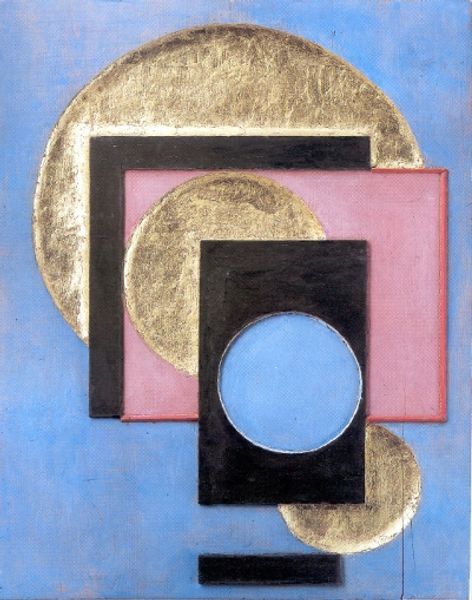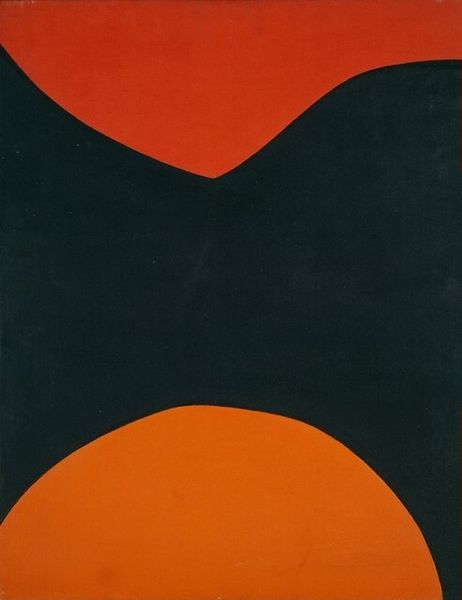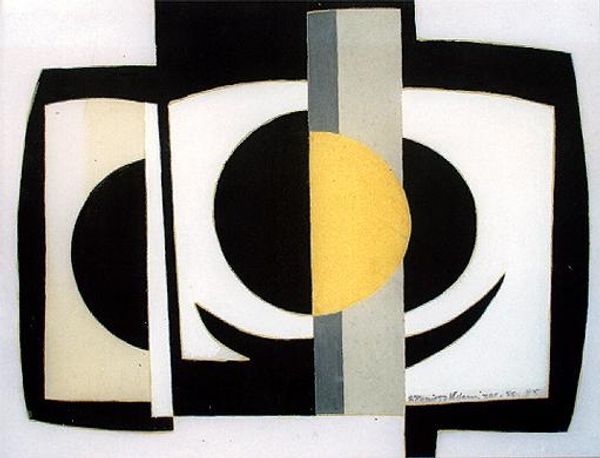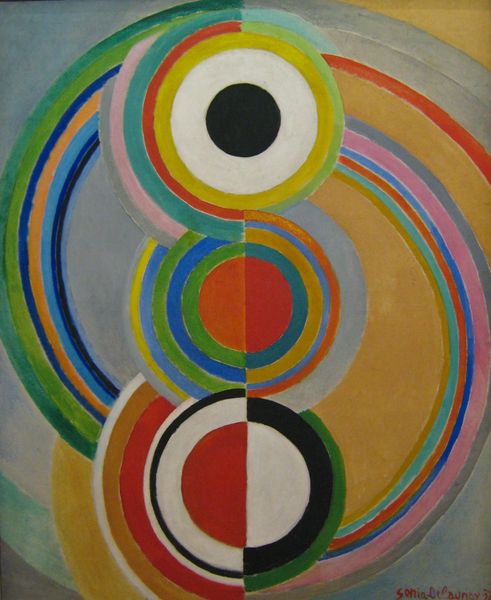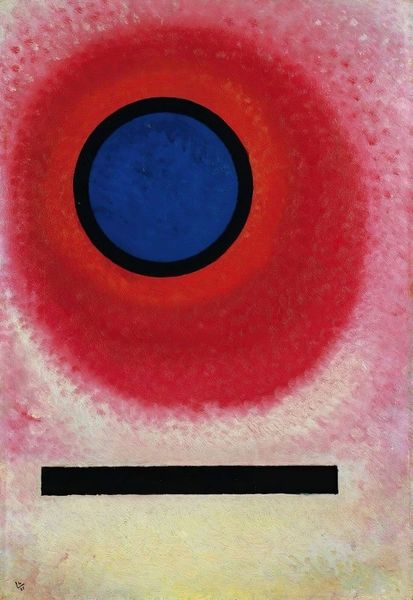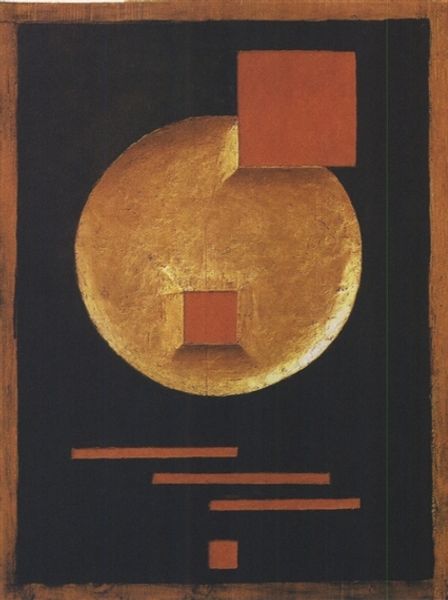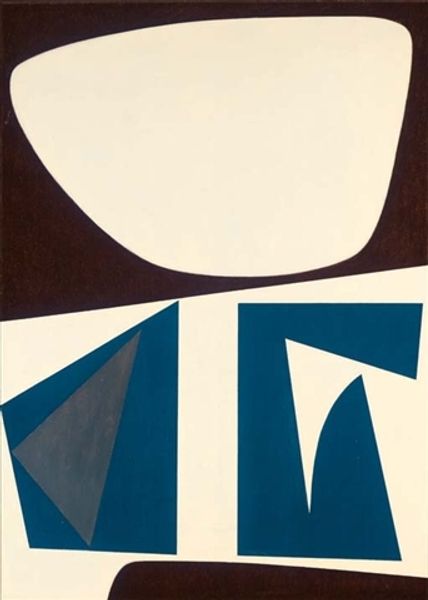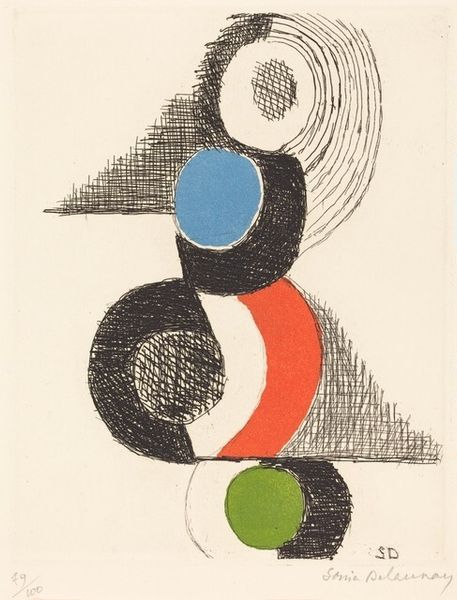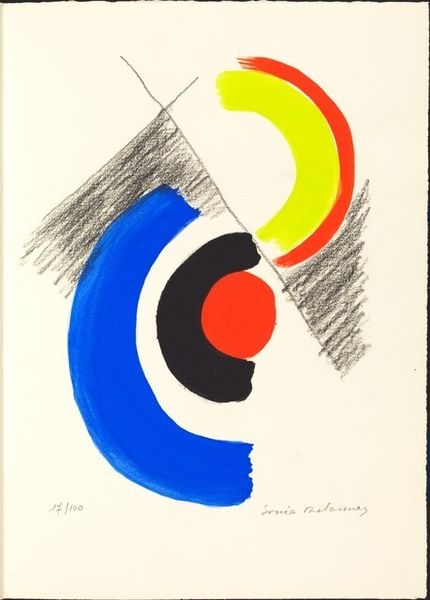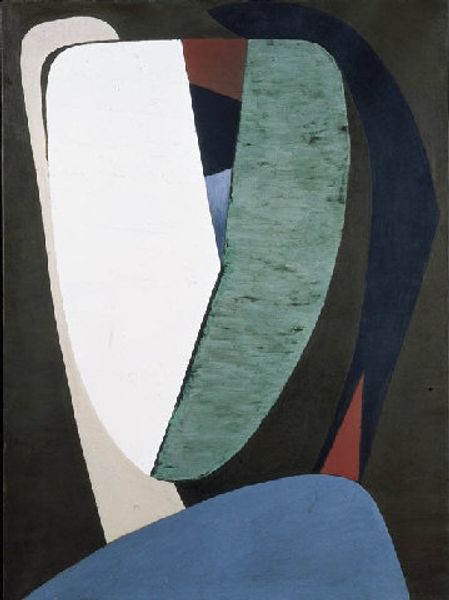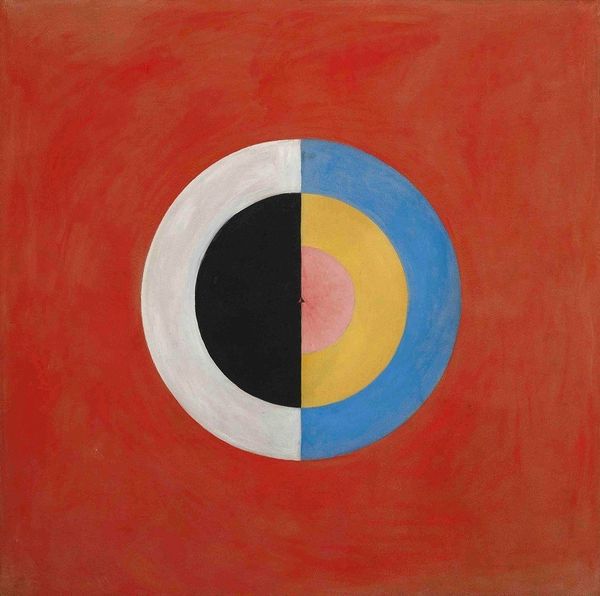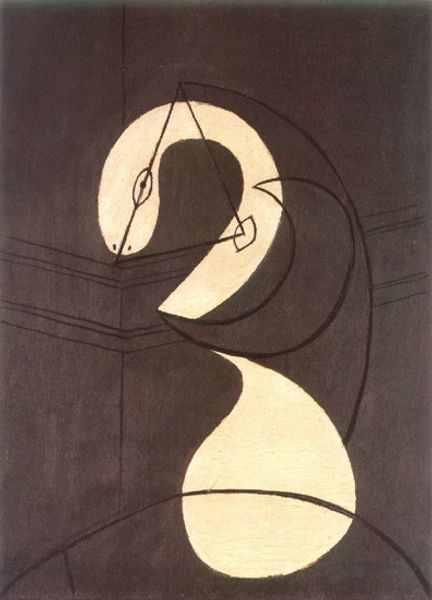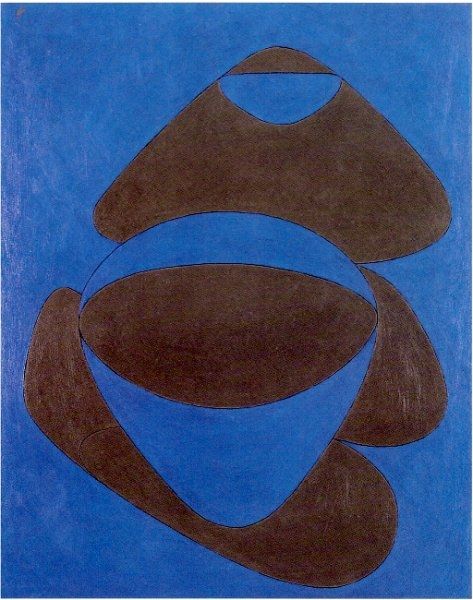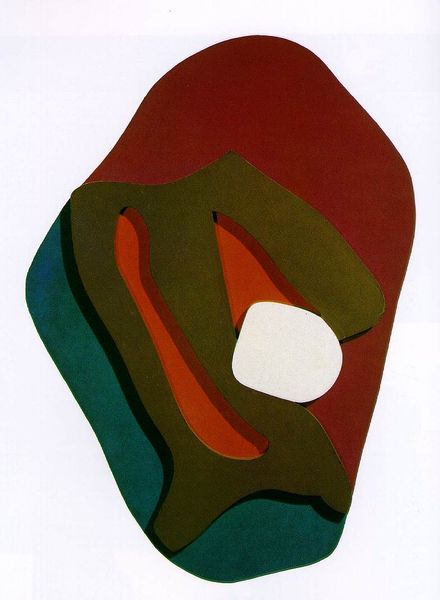
painting, oil-paint
#
non-objective-art
#
painting
#
oil-paint
#
circle
#
sculpture
#
constructivism
#
form
#
geometric
#
abstraction
#
line
#
modernism
Copyright: Public domain US
Curator: Immediately striking, isn’t it? The imposing black circle looming above, intersected by a lighter, haloed ring. Editor: Indeed. We're looking at Alexander Rodchenko's "White Circle," painted in 1918. Rodchenko was deeply involved with the Russian avant-garde, particularly Constructivism, a movement focused on pure, geometric forms and their relationship to space and the modern industrial world. Curator: I find the layering fascinating. Note the chromatic choices. The white circle isn’t just white; a whisper of red delicately outlines its interior, almost pulsating against the darkness above. The way these simple shapes engage in spatial dynamics is powerful. Editor: The circle itself carries a lot of symbolic weight. Historically, it represents totality, infinity, the cosmos…a sense of completion. But Rodchenko fractures that completeness. The overlapping suggests a disruption, a kind of dialectic tension. Is it about progress? The future overshadowing the present? Curator: The lack of a background field emphasizes this. The neutral tone throws forward the forms themselves. I argue that his interest isn't narrative, but the plastic properties of paint itself – texture, hue, shape – explored through a radical reduction. This non-objective strategy challenges any notion of art as representation. Editor: Perhaps. But even non-objective art accrues meaning through its historical context. Consider the Bolshevik revolution brewing when this work was created. These stark geometric forms—could they be read as a radical break with the past? Curator: A visual representation of societal upheaval! A persuasive notion, yet the emphasis still needs to be on its material construction. It’s almost like engineering. There is purity of form divorced from external referents, which for me signals a visual utopia rather than something born directly from historical chaos. Editor: That visual utopia may itself have revolutionary undertones, no? Perhaps this image reflects both: the formalist ambition for a purified visual language intertwined with the transformative zeitgeist of revolutionary Russia. I find that potential quite fascinating. Curator: Fascinating, yes. A testament to the complexity of something so visually simplified. Editor: Absolutely, Rodchenko offers a stark visual poetics through radical simplicity, layered with meanings that continue to resonate.
Comments
No comments
Be the first to comment and join the conversation on the ultimate creative platform.
